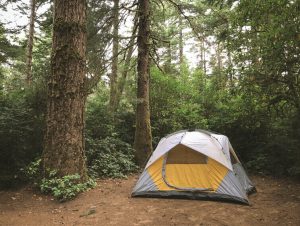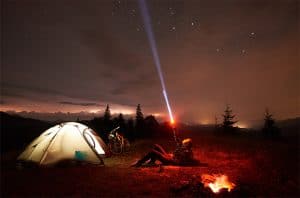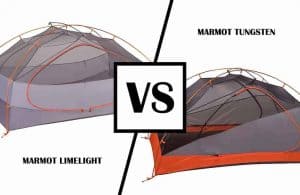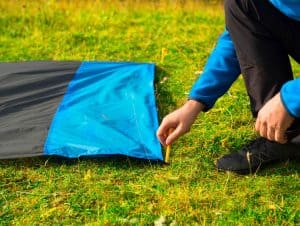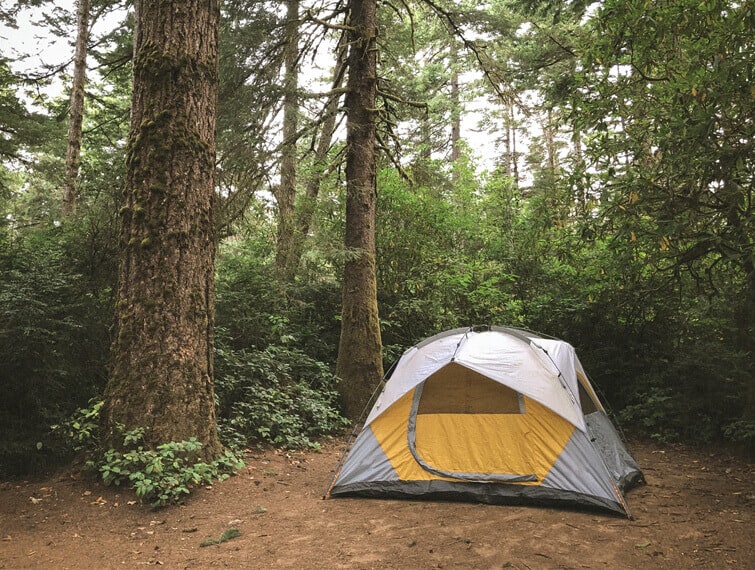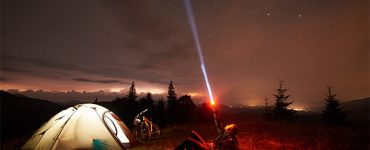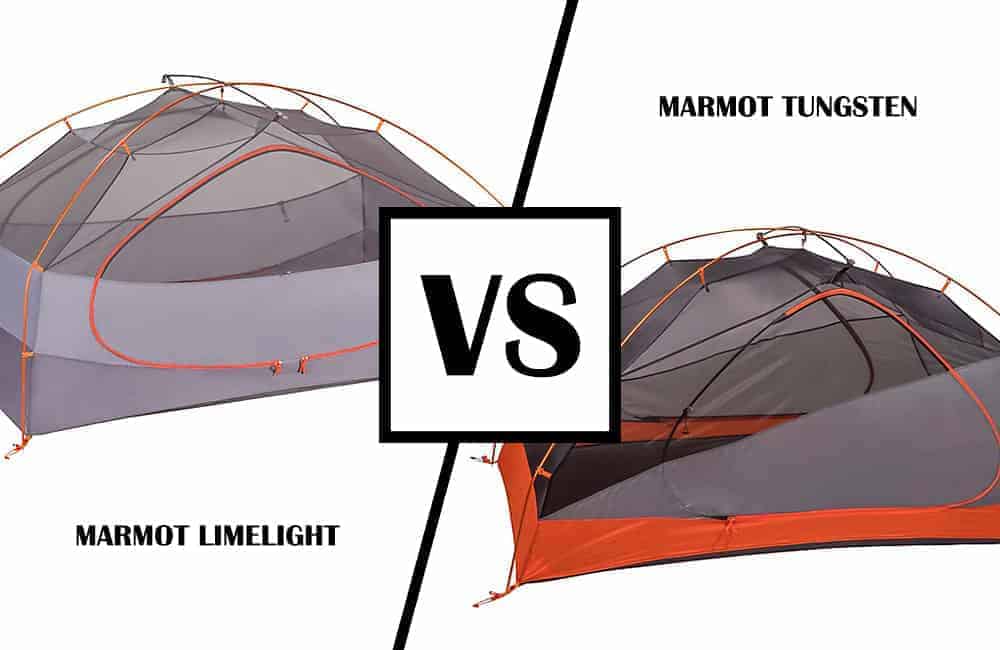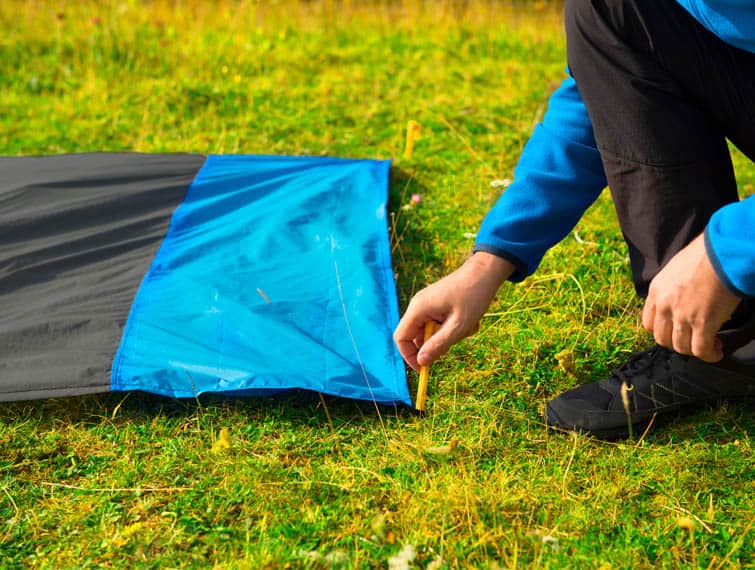Tents are a great way to enjoy camping without having to worry about bugs, rain, or even cold weather. They’re also a great way to get away from the hustle and bustle of everyday life for a few days.
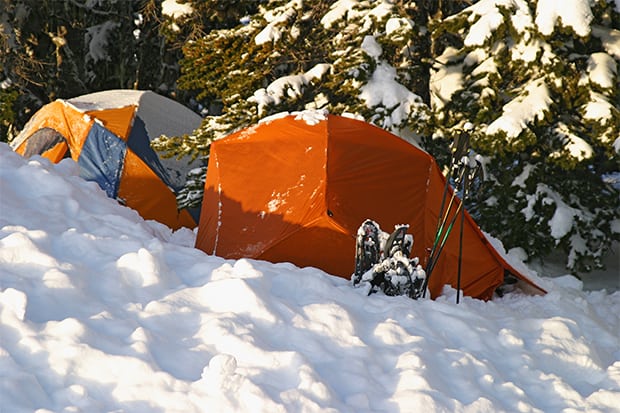
But if you live in an area that gets lots of snowfall during winter months, it’s important to know how to keep your tent insulated so that you can stay warm while sleeping inside.
Why Insulating for Winter Camping Important?
Insulation is one of those things that most people don’t think much about when they go out into nature. But insulation plays a huge role in keeping us comfortable on our outdoor adventures. It keeps heat trapped inside tents and other shelters, which helps prevent hypothermia. And it prevents moisture buildup, which could lead to mold growth and mildew.
Insulation is important when camping in winter because there isn’t as much sunlight available to help with heating up the shelter. So, we need something else to provide warmth. That’s where insulation comes in handy!
There are two main ways to keep your tent warm: by using reflective material and by adding more layers of clothing. Both methods will work well together to create a cozy environment.
Adding Reflective Material To Your Tent
One easy way to add some extra reflectivity to your tent is to use reflective tape. This type of tape has been around since World War II, but it was only recently made commercially available again. The reason why this kind of tape became popular after WWII is because soldiers needed something to protect their uniforms against enemy fire.
Reflective tapes come in different colors and patterns, including stripes, squares, circles, triangles, stars, etc. You’ll find these types of tapes at any hardware store. Just make sure that you buy them specifically designed for outdoors applications. Some may be too thick to allow air flow through the fabric, making it less effective than others.
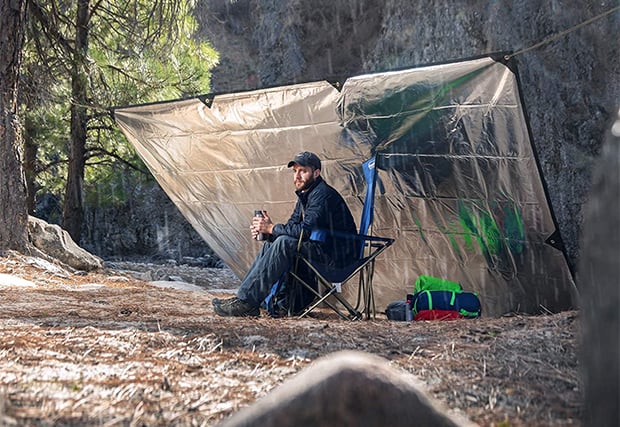
Another option would be to purchase a piece of reflective cloth. These pieces usually have a backing layer and then a thin sheet of aluminum foil laminated onto the back side. Again, look for ones that are specifically designed for outdoor uses.
Adding more layers of clothing
The second method involves increasing the number of clothes you wear. If you want to sleep comfortably in temperatures below freezing, you should dress appropriately. In fact, many campers recommend wearing three pairs of socks and long underwear under all of your regular pants and shirts.
Fun Outdoor Quiz
If you plan on spending time outside over night, consider purchasing a space blanket. Space blankets are basically large sheets of lightweight polyester that you can wrap yourself in before going to bed. They’re great for staying warm even if you get cold easily or suffer from arthritis.
If you choose not to spend money on a space blanket, simply put an old t-shirt between each pair of regular clothes. Then, cover your head with a hat or scarf. Finally, pull down the sleeves of your shirt and tie them tightly around your neck.
Use a Tiny tent
A tiny or small tent will give you better protection from wind chill and snow accumulation. Smaller tents also tend to be lighter weight, so they won’t weigh you down while hiking. Plus, smaller tents don’t take up nearly as much room as larger models do.
You might think that a tiny tent wouldn’t offer enough protection from harsh weather conditions, but it actually does quite well. A good example of this is the MSR Hubba NX 2.0. This model weighs just 1 pound and measures 4 inches wide x 5 inches tall x 6 feet long. It’s perfect for backpackers who need a compact shelter when traveling light.
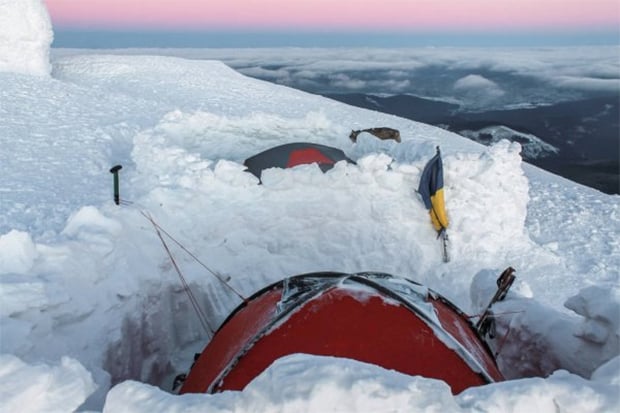
Tent Heater
A quality propane or electric tent heater can keep you comfortable during colder weather. A tent heater will provide warmth without trapping heat like a sleeping bag does.
You might also consider using a portable stove such as a Coleman Camp Stove. Although stoves require fuel, you can use it to boil hot water which in turn keep you warm. The best part is that you can cook food right there in your tent!
Heat Packs
A heating pack is a great camping accessory. You can use them to warm up your sleeping bags before going to sleep. They work very well and are awesome. Especially if you have a well insulated sleeping bag. Just put the heating packs inside for a little while and then go to bed. We recommend going for Super Warmers by HotHands.
Ground Insulation
If you plan on spending any time outside over night, you’ll probably want to invest in some kind of ground covering. These covers protect your feet from getting wet and allow air to circulate underneath your tent. In fact, many people prefer these types of covers because they create a barrier between themselves and the dampness beneath the tent.
There are two ways to insulate your tent ground. First, you could purchase some type of insulation material. This would be placed directly onto the ground where you want to place your tent. Second, you could lay down plastic sheeting on top of the dirt surface.
Both methods should work just fine. If you decide to buy something, remember that most tents come equipped with their own built-in insulation already. So, unless you really feel the need to add more insulation, you may end up wasting money by buying additional items.
Check out our article on Tent Footprint vs Tarp where we compare both products to see which is better.
Use a Sleeping Bag for Cold Weather
Another way to stay warm during winter camping is to use sleeping bag, especially one made specifically for this purpose. There are different kinds of sleeping bags available depending on what temperature range you’re looking at. Some are designed for summertime activities while others are meant for winter camping.
You need to buy one meant for winter camping, though. Otherwise, you risk being too uncomfortable to enjoy your trip. Also, make sure you get an appropriate size. For example, if you weigh less than 100 pounds, you shouldn’t bother purchasing anything larger than 30 inches long x 20 inches wide. On the other hand, if you weigh more than 200 pounds, you should look for a 40 inch length x 25 inch width model.
Check out out review article about Hyke and Byke Sleeping Bag, they are great sleeping bags for winter camping.
Hot Water Bottle
Put some hot water bottles into your sleeping bag. Not only will they help keep you warmer at night, but they’ll make sure you wake up feeling refreshed. Hot water bottles come in different sizes and shapes. Some people prefer round shaped ones because they fit nicely against their body. Others enjoy square shaped ones since they feel more secure against their chest.
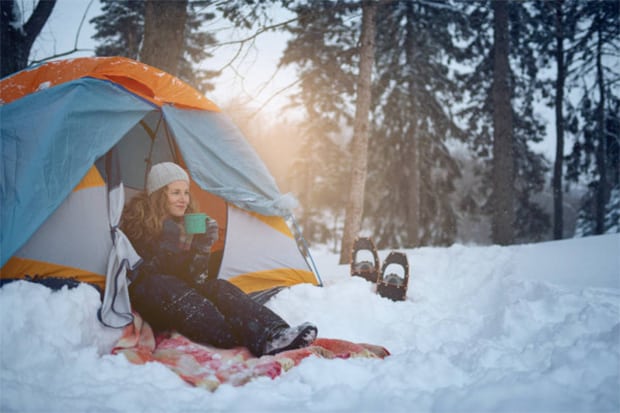
Wind Breaks
Finally, wind breaks help prevent cold winds from blowing into your tent. Windbreaks are usually constructed out of wood or metal poles. However, you don’t necessarily need to spend much money on them. Instead, you can simply cut off branches from nearby trees and bushes. Simply stack those pieces together so that they form a wall against the wind.
Place a Rainfly or Tarp
Using a rainfly or Tarp to insulate the tent works well. It’s easy to set up as well. All you do is attach it to the roof of your tent using rope or zip ties. Then, cover the entire thing with waterproof tarpaulins. Finally, secure everything with stakes.
The only problem with this approach is that it doesn’t provide enough protection from snow accumulation. That means you might still find yourself having trouble staying dry when it snows. To avoid this issue, you can also consider adding a layer of polypropylene sheets under the tarp. You can then remove the tarp once the weather warms back up again.
Winter Camping Tips
Now that we’ve covered all the ways about how to insulate for winter camping, let’s take a closer look at some tips that will ensure you’re comfortable when you head outdoors.
First, always check weather forecasts before heading out. Make sure you know exactly what conditions you might encounter. It’s also important to note whether snowfall has been predicted. If not, you won’t be able to rely on snow as protection against rain and sleet.
Second, bring along extra clothing. You never know when it might start raining unexpectedly. And even if there isn’t precipitation forecasted, you still have to prepare yourself for unexpected changes in temperatures. Bring along layers of clothes including jackets, sweaters, hats, gloves, etc.
Third, pack plenty of food and water. Don’t forget to include enough supplies to last until you reach your destination. Remember that you’ll likely be eating meals inside your shelter rather than cooking them outside. This means you’ll need to carry sufficient amounts of both fuel and drinking water.
Fourth, keep your campsite clean. Cleanliness helps reduce the chances of getting sick. In addition, it makes things easier for everyone else who comes over later. Finally, try to avoid using fireplaces whenever possible. They tend to produce smoke which irritates people around you. Plus, they create ash which gets everywhere. So instead, opt for alternative methods such as stoves or heaters. These options work just fine.


